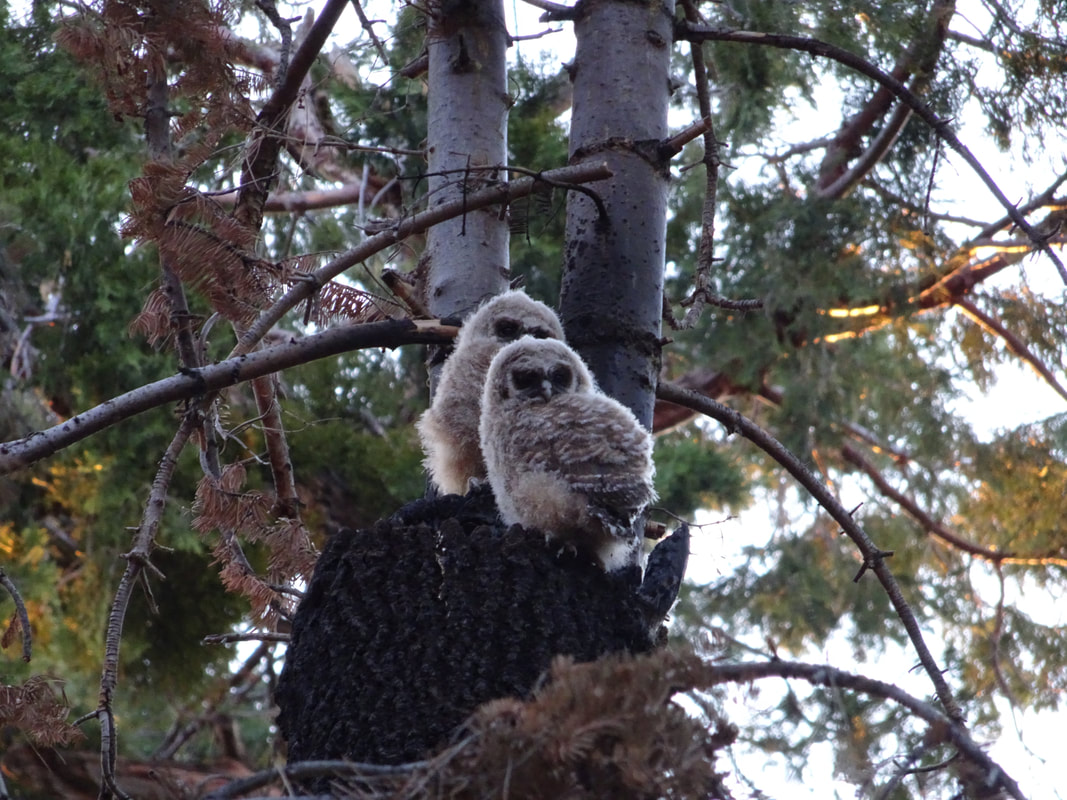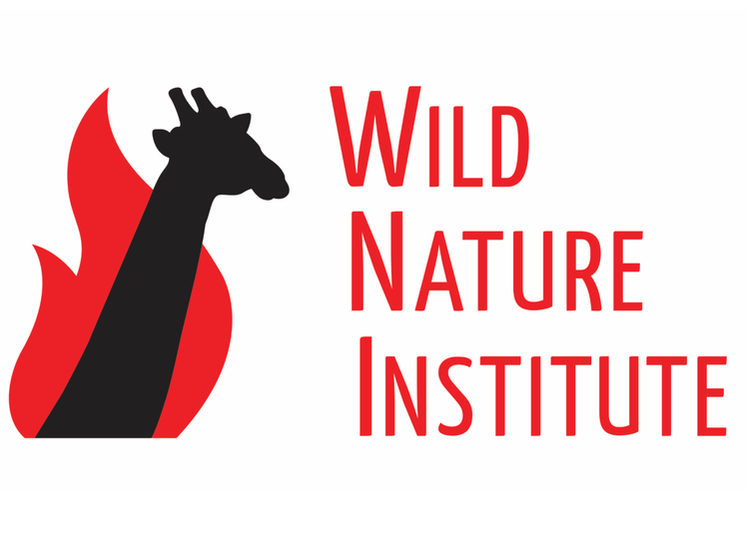|
This week, as some of the largest wildfires in decades continue to burn across U.S. western states, a group of pro-logging scientists and activists reignited the debate about spotted owls and wildfires by publishing a comment article critical of a 2018 synthesis of all scientific evidence on the topic. Federal and state authorities are pushing plans to increase government-subsidized logging in national forests, claiming such logging would protect spotted owls from wildfire.
Derek Lee, associate research professor at Pennsylvania State University and author of the 2018 synthesis said, "spotted owls are usually not affected by wildfire, but there are also significant benefits to reproduction from high-severity fire. I believe money intended for logging national forests would be better spent hardening homes and other human structures to protect lives and property against wildfire." There are limited resources available to protect homes and communities from wildfire, and logging backcountry forested lands such as in owl habitats has no impact on community safety, so Lee argues that forest fire mitigation resources should be focused on home fire resistance and protection. The only proven way to protect homes and lives from wildfires is to create fire-safe communities, improve warning systems, and provide evacuation assistance, measures contained in the Wildfire Defense Act introduced by Sen. Kamala Harris (D-Calif.). Gavin Jones, U.S. Forest Service Researcher and lead author of the comment affirmed Lee's observation saying, "Severe fire has not resulted in range-wide spotted owl population declines, and fire has not been an overriding driver of recently observed long-term spotted owl population declines." However, the Jones-led group of pro-logging scientists and activists also suggested several analytical changes to the 2018 synthesis, and speculated such changes might affect the results and conclusions. Published alongside the comment article was a reply by Lee that reanalyzed all the data according to the Jones group's suggestions and found none of the group's assertions were accurate. According to Lee, forest fire provides significant benefits to owl populations. Lee's analysis indicated significant positive effects in recruitment, reproduction, and foraging habitat selection in burned forest, with reproduction increasing as the amount of high-severity fire increased. Lee explained, "The absence of big negative effects of fire on spotted owls was not surprising because this species has been living with forest fire for thousands of years. The positive effects of forest fires on spotted owls indicate wildfires, including so-called mega-fires, are within the natural range of variability for these forests. The fact that spotted owls have adapted to these types of fires over evolutionary time shows that they have seen this before and learned to take advantage of it. The Jones group is cherry-picking evidence to support damaging logging in the name of fire-risk reduction rather than following the evidence and advocating for more fire to enhance spotted owl habitat." Additionally, burned forests with large patches of high-severity fire are useful habitat that provide significant benefits to many other native species. Lee's findings run contrary to current perceptions and forest management projects for the spotted owl, which counterfactually insist fire is a threat and that unproven logging treatments are needed. The USDA Forest Service budget is largely devoted to administering and facilitating logging projects, so there are financial incentives for this agency to promote logging on public lands. Lee added, "Thinning and logging intended to reduce fire severity in spotted owl habitat will harm the owl and diverts resources that should be used to save human lives and property. Chainsaws felling trees in our forests' backcountry will not save human lives, only hardening human structures against ignition will save people. In addition to spotted owls, there are many other native plants and animals that thrive in forests burned by high-severity fire. Wildfires create valuable natural habitats that should be protected from damaging management activities like post-fire logging." Spotted owls occur in western U.S. forests and are one of the best-studied birds in the world. The species is strongly associated with mature and old-growth conifer and mixed-conifer–hardwood forests with thick overhead canopy and many large live and dead trees and fallen logs. Its association with older forests has made the spotted owl an important species for public lands management aimed at preserving the last remaining fragments of our old-growth forests. Research on spotted owls in fire-affected landscapes did not begin until the early 2000s. Much of what scientists previously understood about habitat associations of spotted owls was from studies in forests that had generally not experienced recent fire, and where non-suitable vegetation was a result of logging. Western forest fires typically burn as mixed-severity fires with each fire resulting in a mosaic of different vegetation burn severities, including substantial patches of high-severity fire. Anywhere from 5% to 70% of the fire area typically burns as high-severity fire that kills most or all of the dominant vegetation in a stand and creates extremely biodiverse snag forests, where standing dead trees, fallen logs, shrubs, tree seedlings, and herbaceous plants contribute to forest structure. Post-fire vegetation processes then proceed according to the pre-fire vegetation, local wildfire processes, seeds from outside the disturbance, and the conditions at the site.
1 Comment
5/26/2021 07:38:26 am
I am very sad because the forests in CA were burned. But luckily, the spotted owls are okay. That is my favorite bird. I hope the forests will recover soon.
Reply
Your comment will be posted after it is approved.
Leave a Reply. |
Science News and Updates From the Field from Wild Nature Institute.
All Photos on This Blog are Available as Frame-worthy Prints to Thank Our Generous Donors.
Email Us for Details of this Offer. Archives
July 2024
|
|
Mailing Address:
Wild Nature Institute PO Box 44 Weaverville, NC 28787 Phone: +1 415 763 0348 Email: [email protected] |
|


 RSS Feed
RSS Feed
